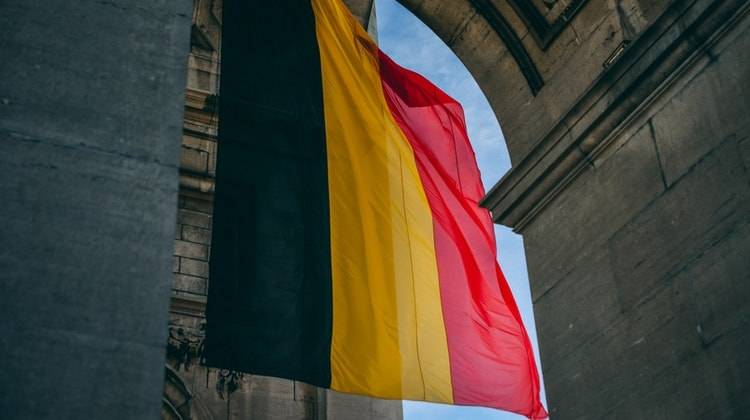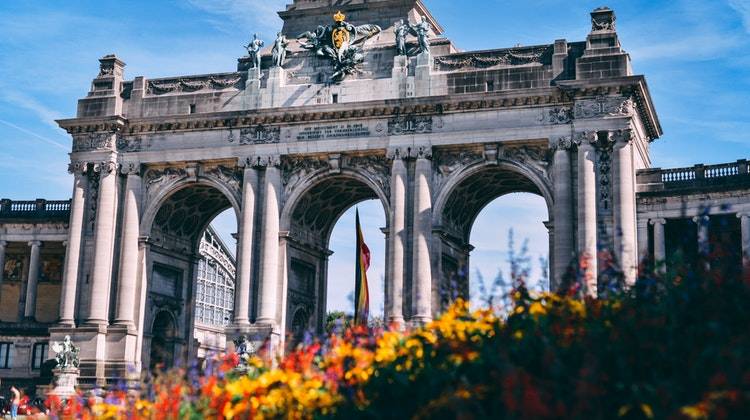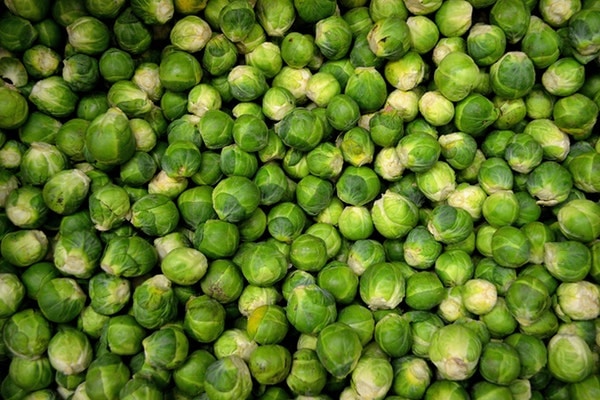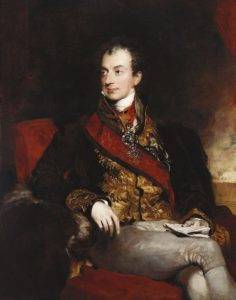Several people ask about the colors and the meaning of the national Belgium flag. But did you know that the way the Belgian flag is used nowadays is actually wrong by law? Let me tell you everything about the Belgium empire flag.
Picture – Image of the Belgium flag:

Belgium: the country
First, let’s start with a small recap of what Belgium is.
It’s a small country in the west of Europe, in the north of France, the south of the Netherlands and the west of Germany. It’s capital is Brussels, which is also the capital of the European Union. the most famous citizen of Brussels? Probably Manneken Pis, the fries, waffles and for those who like vegetables the Brussel sprouts. The population is almost 12 million citizens large.
Interesting for this article is to know that the land that we now know as geographical Belgium, has always been a location that was conquered by several other nations: Romans, Germany, Spain, Austria, France, the Netherlands … they all had some influence over this land.
As a summary: after the French Revolution, the French conquered what we now know as Belgium. After the Congress of Vienna in 1815, this piece of land was given to the Dutch king Willem I, who from then on ruled over the United Kingdom of the Netherlands.
But after centuries of seperation, the northern part (what we now know as the Netherlands) and the southern part (what we now know as Belgium) was very different on several parts in society: cultural, religious, economical … This was one of the reason that the southern part started the Belgian Revolution which resulted in the independence of Belgium in 1830.
The Belgium flag: origin and meaning
The origin of the national flag of Belgium is not that hard to place in history. It was first used during the Belgian revolution, in 1830, by the rebellion part of the revolution.
But the Belgium empire flag was actually not completely new, it has a meaning. It was based on the historical flag of the Duchy of Brabant. This duchy in historically stretched out geographically over what we now know as the center of Belgium.

The Belgium flag: colors
The colors of the Belgian flag are based upon the historical flag of the Duchy of Brabant. The Belgium flag has the colors, started from the flag pole: black, yellow and red oriented in a vertical way.
these colors were also found on the flag of the former Duchy of Brabant. During the Belgian Revolution, the revolutionary bourgeoisie in Brussels formed the core of this revolution. They chose the Duchy of Brabant as an example.
The Belgium flag evolution – facts
But not only the colors and meaning of the Belgian flag are interesting. Another fun facts is the story of the Belgium flag being unlawful. Because the Belgium flag underwent a kind of interesting evolution throughout its first years of existence.
It’s true: according to the constitution of Belgium, the flag should be hanged in a horizontal way. Nowadays, the colors are hanged in a vertical way.
Why did they do this? Well, the Dutch and German flags were already hanged in a horizontal way. Especially the Netherlands were a threat during the 19th century, because they were opposed to the independence of Belgium. A war could break out, and during battles, with a lot of gunpowder smoke, the flags could have been mixed up. Yes, this was even decided before WW1. That is why the Belgians decided to change the sight of their national flag. But they did not change it in the constitution, which makes the current flag with the vertical black, yellow and red colors illegal.
Belgium flag: colors, meaning and facts
I hope that by reading this article, you learned a bit more about the national flag of Belgium, its colors, meaning and the fun fact of the Belgian flag being illegal.
Do you want to know more about Belgium? No problem: you can read my articles about the famous medieval painters Van Eyck, the location of Easy Company (Band of Brothers Company) during WW2 or the origin of the Brussel sprouts. Have a nice read!
Source:
Historicus Rob





